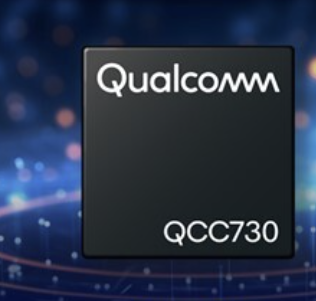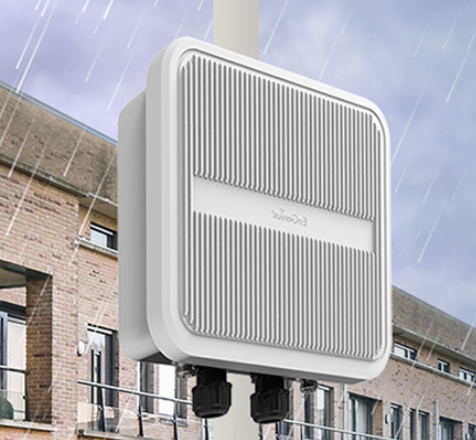
By Claus Hetting, Wi-Fi NOW CEO & Chairman
Enjoying this story?
Leave your email here and we'll get you all the latest Wi-Fi news.
MDUs including apartment blocks have long been identified as an opportunity for new kinds of service providers to deliver cutting-edge, property-wide connectivity services. The opportunity is real but there remain significant challenges if this growth market is to be realised, says Robert Grosz, President of World Cinema Inc., a leading voice in property tech & connectivity.
According to Parks Associates, 31% of the US population lives in apartment blocks, where each apartment for the most part is served by old-school broadband routers fed by carrier or cableco services. In theory, this market is ripe for disruption and the good news is that global lockdowns have brought about a shift in attitudes among property owners and residents, says WCI President, Robert Grosz.

“It used to be that nine out of ten property owners didn’t want to get involved in broadband at all and instead signed long-term right-of-entry agreements with carriers and cablecos. This has changed. We believe at least half of property owners today don’t want to leave their critical connectivity services to be dictated and owned by someone else. At the same time taking responsibility for connectivity is not to be taken lightly,” Robert Grosz says.
The opportunity here is to adapt what is essentially enterprise-grade networks and services – including managed Wi-Fi – to large, multi-family residential properties. Instead of a home gateway or router for each apartment the property-wide network is designed and delivered as a single unified solution for residents, building management, guests, administrative systems, and more.
But will this sea change in how apartment dwellers are serviced with connectivity happen? Robert Grosz says it is a question of ownership, business model, and the right application of technology. Most property owners are far from ready to spend thousands of dollars in capital per residential unit to bring services up to speed only to be left to fend for themselves if – or when – something goes wrong, he says.
“I believe we’re going to see a new breed of communication service provider who builds and owns digital assets throughout the property under expectations of long-term right-of-entry, selling a competitive retail based products directly to end-users – or wholesale products to owners – but also allowing residents to roam throughout the property with their own private VLANs,” he says.
This network could also provide the property owner with a unified wireless network to deploy applications like sensor networks, Wi-Fi sensing for occupancy monitoring, energy management, leak detection, self-guided tours, video monitoring of common areas, and other network powered applications, Robert Grosz says. All of these things offer real value and are certainly possible but they require that specialised service providers step up to the challenge together with solution providers, he says.
“If this managed Wi-Fi model truly catches on it will open up a large addressable market that can be targeted by established enterprise equipment providers in the high-end, while for example new open-source approaches to Wi-Fi infrastructure – such as OpenWiFi – will focus on a low TCO model without sacrificing rapid innovation,” he says.
But Robert Grosz also says that it is up to the industry – service providers and network manufacturers – to work together to affect this change. “If we as an industry fumble and make it too complicated or unreliable for multifamily property owners and their residents, we will see more of the same with consumer un-managed Wi-Fi on an apartment by apartment basis continuing to dominate. It’s nothing special, and little additional value will be created. It is really up to us to make this happen,” he says.
/Claus.









